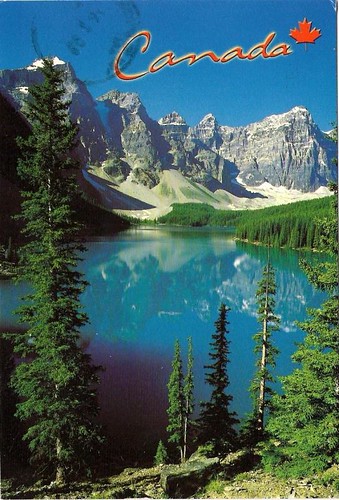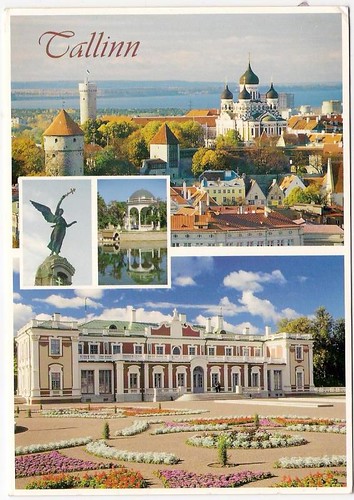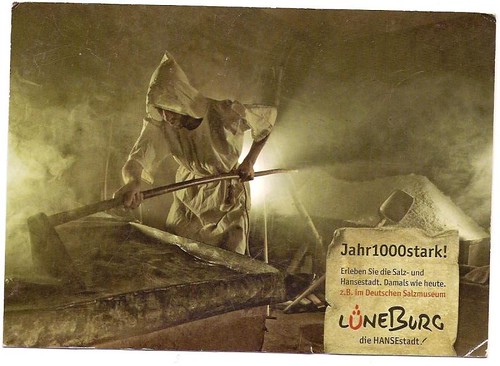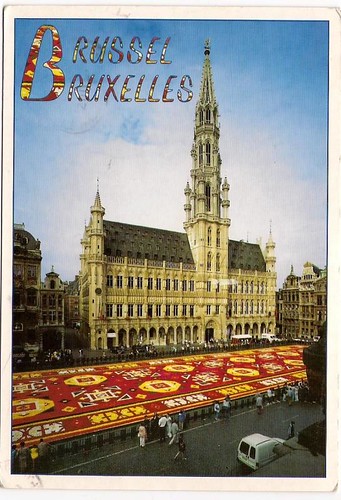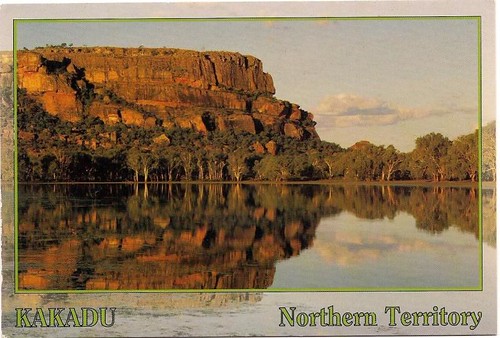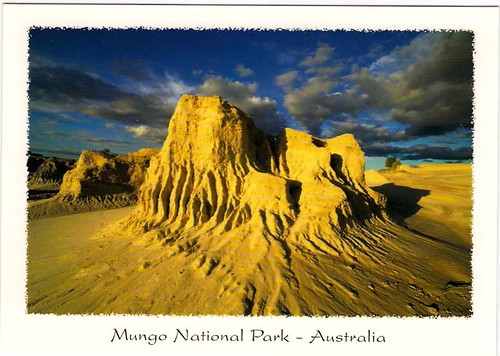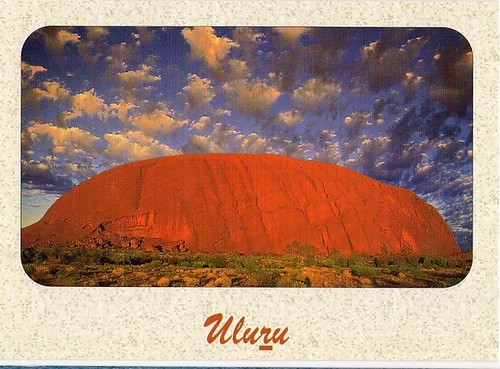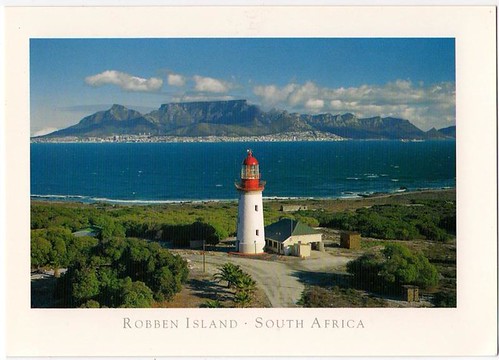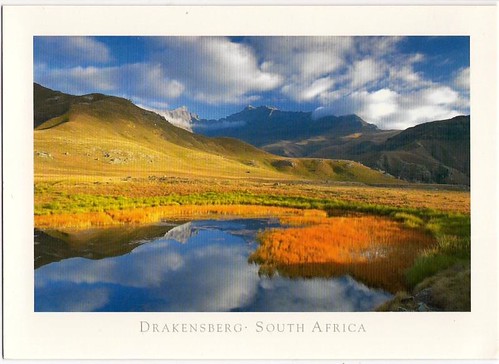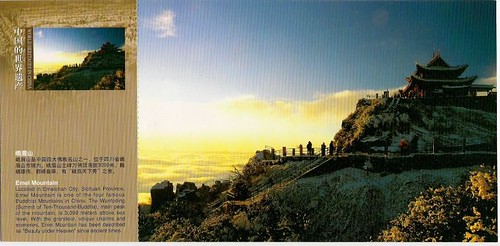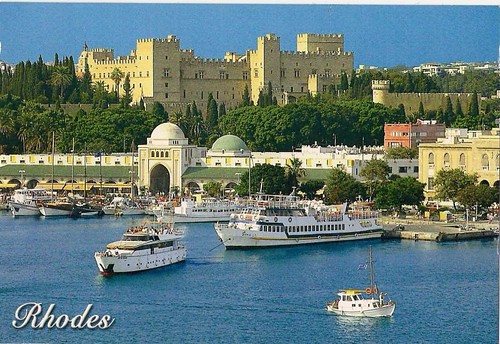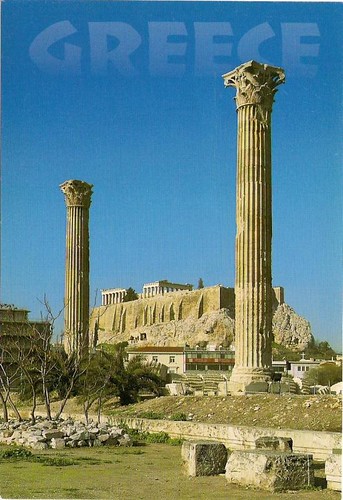The Temple of Olympian Zeus, also known as the Olympieion, is a colossal ruined temple in the centre of the Greek capital Athens that was dedicated to Zeus, king of the Olympian gods.
Acropolis literally means city on the edge (or extremity). For purposes of defense, early settlers naturally chose elevated ground, frequently a hill with precipitous sides. In many parts of the world, these early citadels became the nuclei of large cities, which grew up on the surrounding lower ground, such as modern Rome.
The Acropolis of Athens is the best known acropolis in the world. Although there are many other acropolises in Greece, the significance of the Acropolis of Athens is such that it is commonly known as The Acropolis without qualification. The Acropolis is a flat-topped rock which rises 150 m (490 ft) above sea level in the city of Athens, and it has about 3 hectares of surface area. It was also known as Cecropia, after the legendary serpent-man, Kekrops or Cecrops, the first Athenian king.
Read more...
